
Privacy statement: Your privacy is very important to Us. Our company promises not to disclose your personal information to any external company with out your explicit permission.
Hormone-dependent dermatitis can be classified into periorbital, central and diffuse, depending on the type of facial area of the client:
1. Perioral: moderately scattered erythema and papules appear around the perioral area 1-2 cm from the lower lip.
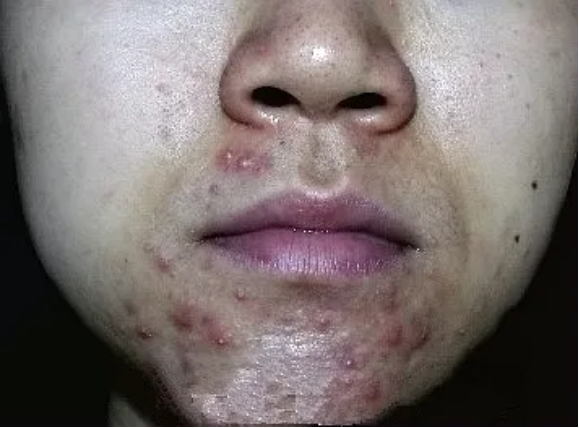
2. Central Facial Type: both cheeks, lower eyelids, nose, forehead are affected

3. Diffuse: entire face, forehead, neck are affected
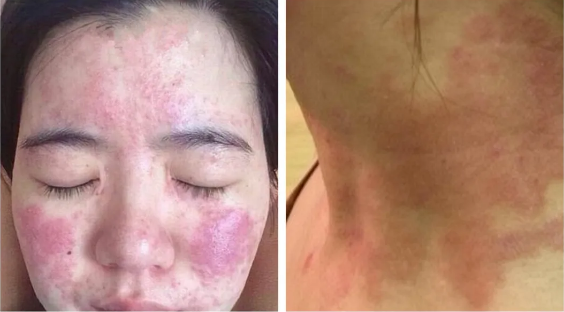
There are three core points to determine if it is hormone-dependent dermatitis.
1. Repeated topical glucocorticosteroids over a long period of time of more than a month, and clients may sometimes not even know they are already using hormones themselves, so During the consultation, it is necessary to check one by one the cosmetics or Skin Care Products that are applied to the client's face every day in order to determine if there is any use of glucocorticoids situation.
2. Hormone-dependent dermatitis occurs most often on the face, neck, arms, or skin folds. Stinging, burning, and rarely itching predominate after discontinuation of glucocorticoids.
3. The lesions appear as telangiectasias, erythema or flushing, edema, papules, hyperpigmentation, skin atrophy, and dryness.
Although rosacea also suffers from skin sensitivity, rosacea has an evolution and progression of types 1 to 3. Hormone-dependent dermatitis is more significant and more easily irritated, but has a tendency to heal spontaneously when hormone medication is discontinued. Of course, we cannot rule out the possibility of clients with rosacea developing hormone dependent dermatitis after topical hormone use. Rash clues, disease evolution, and client consultation are used to make a comprehensive assessment of the condition, and treatment is given accordingly.
How to treat glucocorticoid-dependent dermatitis?
To treat hormone-dependent dermatitis, we must first restore skin barrier function by stopping hormone-containing medications and skincare products, eliminating localized skin lesions as the goal. Using a combination of photoelectric and restorative products, the laser treatment aims to promote the repair of the skin barrier function, reverse the capillary dilation. Common Professional Aesthetic Equipment includes IPL (Intense Pulsed Light), LED, 1927nm thulium fractional laser, and Q-switched laser.
Glucocorticoid-dependent dermatitis clients have sensitive skin, poorly tolerated, and the rebound from the treatment can exacerbate clients' psychological burden, and thus there will be a client's frequent mistrust of the aesthetician or therapist's treatment plan, and these situations affect the clinical treatment presents a challenge. Therefore, it is important to provide clients with psychoeducation prior to treatment to inform them of what may happen during treatment, so that they fully understand that this disease can be cured, increase confidence in treatment and proactively cooperate with treatment.
1. LED red light therapy
For clients with pronounced symptoms of hormone-dependent dermatitis, it is recommended that they first be treated with a mild red LED light. The duration of the treatment is 15 minutes per session, three times a week.
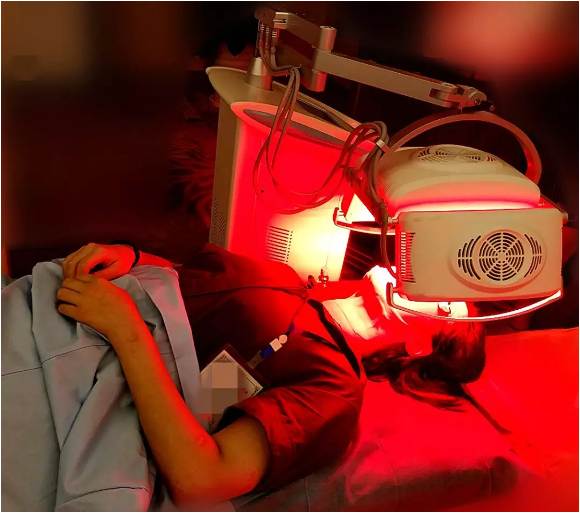
Because the LED red light is able to down-regulate human Toll-like receptor 2, human kinin-releasing enzyme 5 and increase fibroblast growth factor, improve the production of facial erythema, flushing, edema, stinging , reduce pimples, promote the repair of the skin barrier; in addition, red light therapy is safe and is well tolerated by most clients with glucocorticoid-dependent dermatitis.
In addition, to improve the comfort of the client during the irradiation process and to improve the absorption and penetration of the skin, we can apply a protein mask to increase the skin's hydration, calm and soothe, and improve capillary dilation.
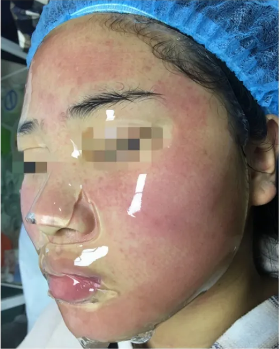
2. IPL therapy
After the symptoms of hormone-dependent dermatitis have improved, for the remaining erythema, flushing, and telangiectasias, IPL can be used. Because IPL is relatively gentle and promotes the regeneration of collagen fibers, restoring the skin barrier, the postoperative reaction is mild and downtime is very short, more acceptable to the client and requiring multiple treatments.

The narrow-spectrum intense pulsed light DPL pictured above is starting to be used as a new device in the treatment of glucocorticoid-dependent dermatitis. The device has a similar precision to the dye pulsed laser. At the same time, the concentration of the treatment energy makes the total energy lower, and the storage capacity of 8 capacitors ensures a stable energy output, which greatly improves the efficiency of the treatment. It is safe and effective to reduce the occurrence of purpura, discoloration and other adverse reactions.

The above case is the treatment of glucocorticoid-dependent dermatitis with 560-1200nm IPL: 3 pulses, pulse width. 4ms/4.5ms/5ms, pulse delay 15ms/20ms, energy density 16~22J/cm2. Treatments once a month for 6 consecutive before and after comparisons. A refrigerated raw collagen mask can be applied for 20 minutes after each treatment to give the skin basic nutritional collagen repair, as well as to cool the skin to avoid blisters caused by thermal relaxation and diffusion in a timely way; spray the collagen spray after applying the mask, and follow up by giving customers. take it home and continue to use it with a care cream, safe, gentle and effective in repairing the skin barrier function, do not forget to moisture
3. Q switched 1064nm treatment
The Q-Switched 1064nm laser's large spot, low energy density pattern treats hormone-dependent dermatitis by reducing or eliminating dilated capillaries, to reduce or alleviate the symptoms of dermatitis, it can reduce the vascular permeability of the face to some extent, avoiding the over-secretion and extravasation of internal inflammatory substances, can significantly improve facial tissues and cell metabolism function, repair damaged cells and tissues, can quickly reduce and eliminate the patient s burning and painful feelings. The post-operative repair products are the same as for IPL treatment.
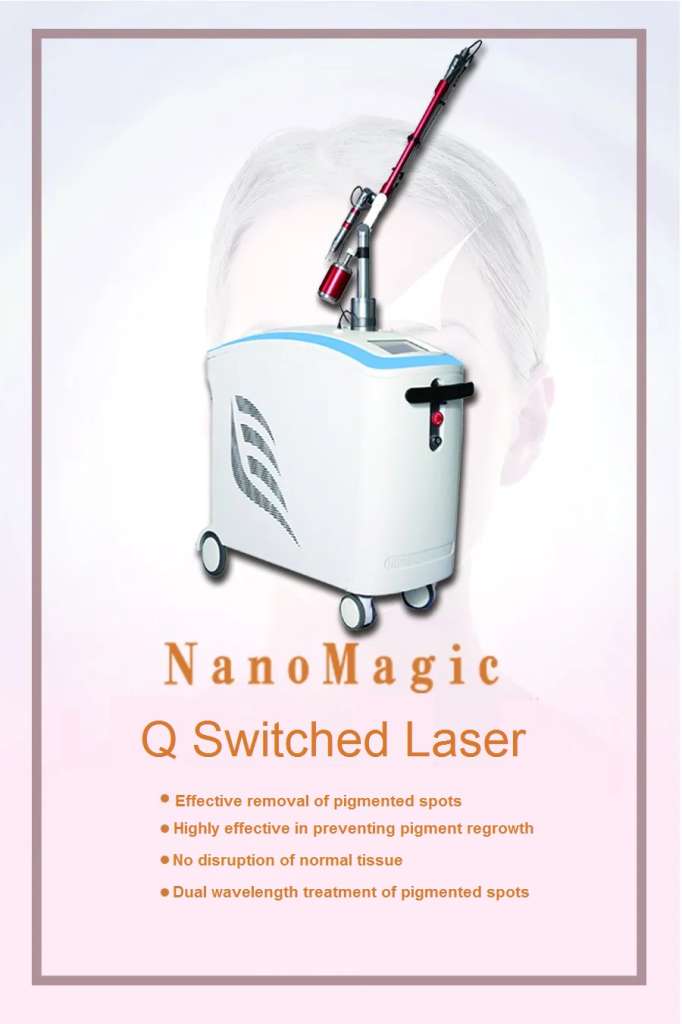
4. 1927nm Fractional Thulium Laser
The great advantage of this laser is the non-chromatic reaction to treat the mesoderm. The inflammatory response in glucocorticoid-dependent dermatitis originates from the dermis, and without first repairing the dermis and controlling the inflammation in the dermis. It is impossible to repair the skin barrier function of the stratum corneum, which is why the non-ablative fractional thulium laser is so important.
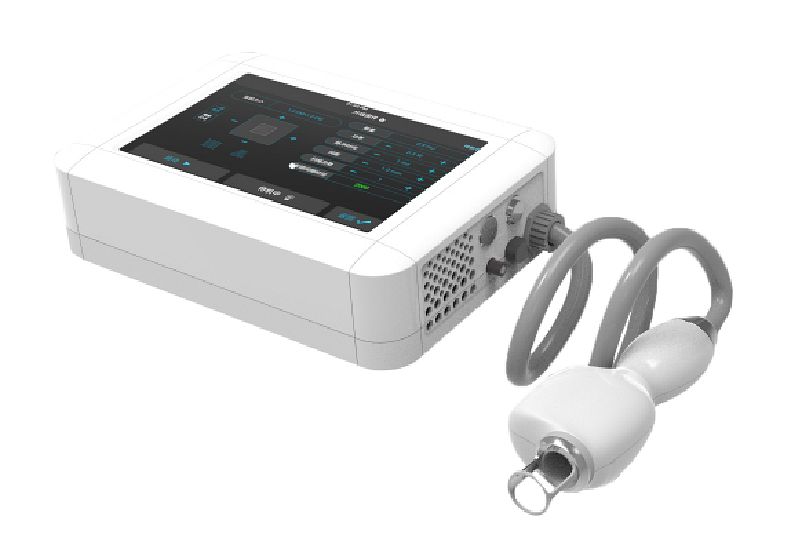
Fractional thulium laser treatment every 45 days. The focal photothermal and photochemical effects produced during non-ablative fractional thulium laser treatments can make the elasticity in our dermis. Fibers and collagen fibers rearrange and restore normal skin elasticity, improving symptoms of skin atrophy and thinning. The clients can benefit from repair; at the same time, applying a nourishing conditioning mask immediately after treatment can promote super absorption of molecular salicylic acid plays a key role in the anti-inflammatory, keratinic regulation of the dermis.
LET'S GET IN TOUCH

Privacy statement: Your privacy is very important to Us. Our company promises not to disclose your personal information to any external company with out your explicit permission.

Fill in more information so that we can get in touch with you faster
Privacy statement: Your privacy is very important to Us. Our company promises not to disclose your personal information to any external company with out your explicit permission.